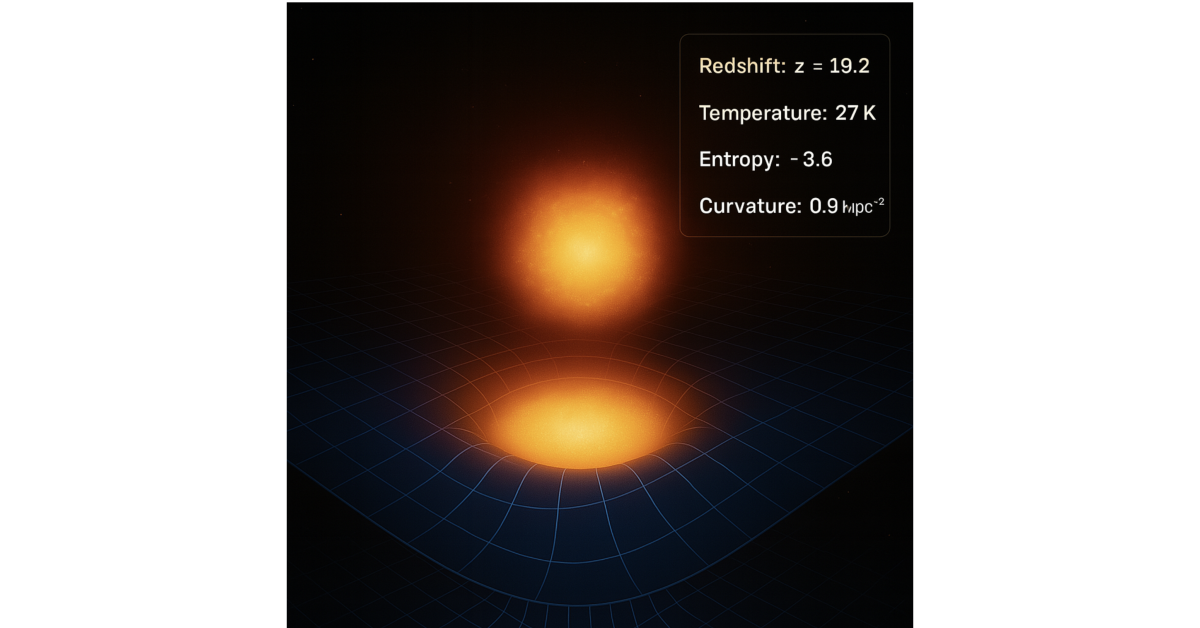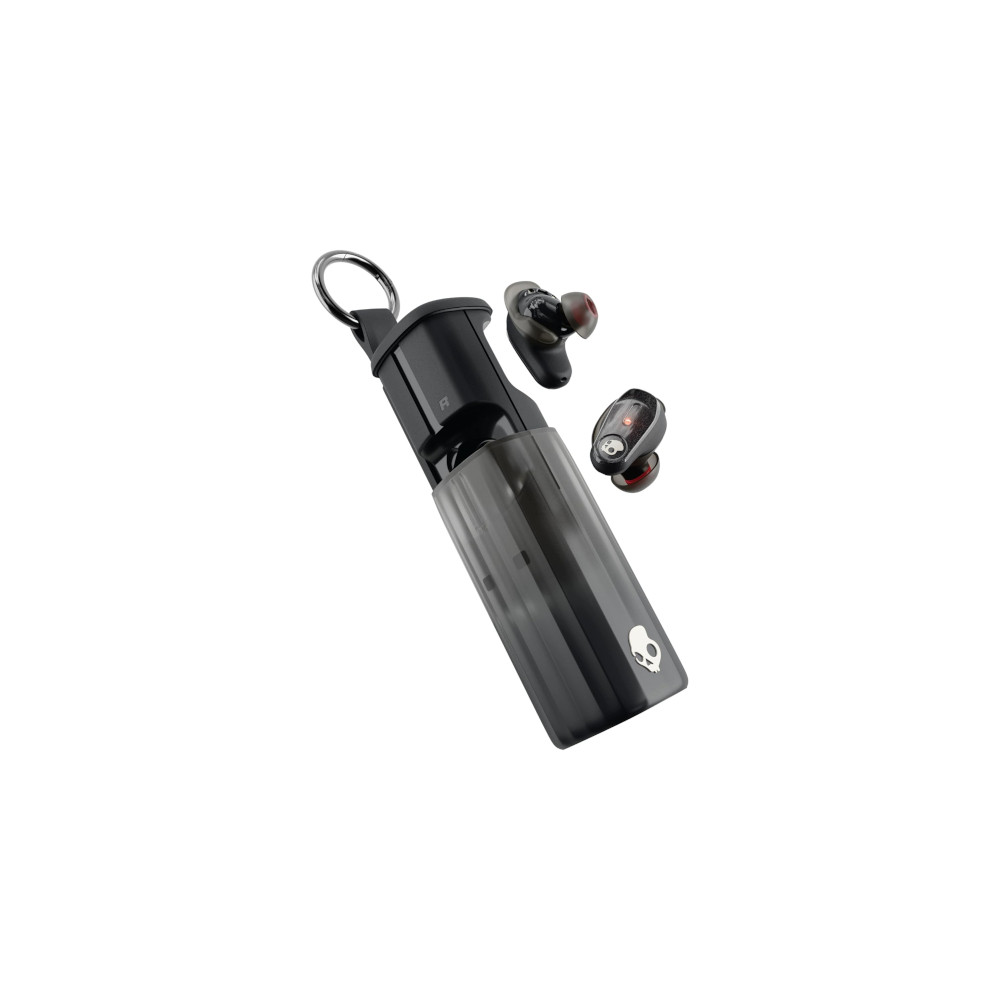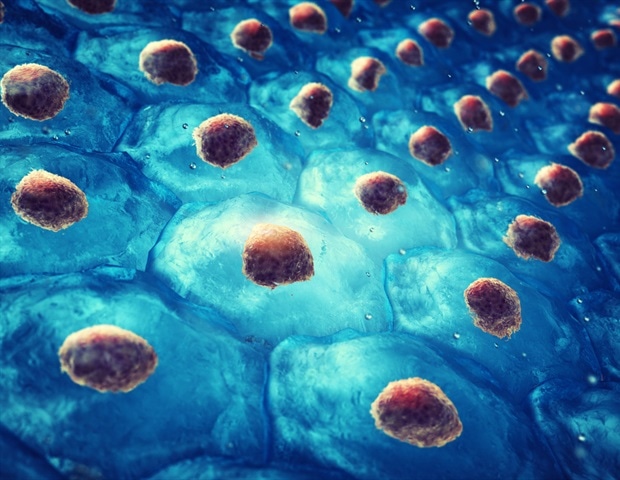Visualization based on the Dead Universe Theory (DUT) of the expected internal structure of a galaxy of the SRD type (Stellar Remnant Domain), which may be confirmed in the future by observational data from the JWST. The compact morphology, low entropy, a
Predicts fossil galaxies at z > 15 using non-singular relativity; simulates 180 Gyr; self-refutes if data contradicts its metric evolution.
— Joel Almeida- CEO
CURITIBA, PARANá, BRAZIL, July 8, 2025 /EINPresswire.com/ — In a landmark scientific development, ExtractoDAO announces the global release of DUT Quantum Simulator v4.0, the most advanced cosmological simulation platform currently in operation. Powered by a post-singularity reinterpretation of General Relativity, this simulator mathematically forecasts the imminent discovery of gravitationally fossilized galaxies with redshifts z > 15, beyond the explanatory limits of the ΛCDM model.
Using a regularized curvature model and entropy-gradient geodesics, the DUT reproduces structure formation without inflation, singularities, or dark energy. The simulator predicts SRDs (Stellar Remnant Domains) — massive, low-entropy galaxies that formed less than 200 million years after the cosmic turning point — which should become observable by the Roman Space Telescope, ELT (Extremely Large Telescope), and JWST extended missions by 2030. It is the only known simulator equipped with a self-refutation module, capable of rejecting its own predictions if observations contradict its metric evolution.
Far from abandoning Einsteinian physics, this platform formalizes a continuous, horizonless geometry as the natural endpoint of relativistic gravity. This work represents not only a computational tribute to Einstein’s legacy, but also a bold mathematical step into the cosmology of the post-singularity universe.
“This simulator doesn’t discard Einstein — it completes him,” says Dr. Joel Almeida, lead researcher and developer. “By removing singularities and restoring thermodynamic consistency, we fulfill the deepest promise of General Relativity: a universe governed by geometry, not metaphysical explosions.”
Scientific Breakthroughs Enabled by DUT Quantum:
First predictive model for Small Red Dots (SRDs) at z ≈ 20 — low-entropy fossil galaxies formed just 200 Myr after cosmic retraction.
Equation-driven simulation of the universe’s collapse toward a thermodynamic horizon ~166 billion years from now.
Non-singular gravitational potential replacing the Big Bang with structured entropic curvature.
Self-refutation algorithm that automatically invalidates the theory if future data contradict predictions.
Compatibility with JWST, Roman Telescope, and ELT deep-field missions through falsifiable high-z forecasts.
Redefining the Limits of Cosmology
Current ΛCDM simulators — such as IllustrisTNG and EAGLE — saturate at z ≈ 11, bound by assumptions of inflation and cold dark matter. In contrast, DUT Quantum extends simulations far into the future and deep into the cosmic past by utilizing entropy gradients and curvature dynamics.
Observational anomalies like the Hubble tension, CMB Cold Spot, and massive galaxies at z ≈ 16.7 are naturally resolved under the DUT’s gravitational-thermodynamic paradigm — no inflation, no particle dark matter, no cosmological constant.
Confirmations and Forecasts
CEERS-93316 (z ≈ 16.4) and JADES-GS-z13-0 (z ≈ 13.2) align with DUT’s pre-calculated SRD parameters.
Upcoming instruments — Roman Space Telescope (2027) and ESO’s ELT — are expected to confirm the predicted mass–redshift signature of proto-galaxies at z = 17–21.
Scientific Integrity and Open Verification
The simulator is 100% offline, open-source, and utilizes blockchain (via ExtractoDAO Ledger) for hash-traceable reproducibility. Every simulation run is verifiable, and the codebase contains a built-in validation core capable of signaling theoretical collapse when observational inconsistencies emerge.
Official Release and Access
Simulator Repository: https://zenodo.org/records/15838647
Publication: DUT Quantum: The Computational Framework Enabling 180-Billion-Year Cosmological Simulations
Contact: research Joel Almeida ( j.almeida@extractodao.com )
About ExtractoDAO
https://extractodao.com/
ExtractoDAO S.A. is a scientific and financial blockchain company pioneering the integration of smart contracts with cosmological research. By developing decentralized infrastructures for physics, astronomy, and high-precision simulation, it offers open tools for exploring the deepest layers of the universe — and reality itself.
joel almeida
ExtractoDAO S.A
+55 41 98792-2340
email us here
Visit us on social media:
LinkedIn
Instagram
YouTube
Legal Disclaimer:
EIN Presswire provides this news content “as is” without warranty of any kind. We do not accept any responsibility or liability
for the accuracy, content, images, videos, licenses, completeness, legality, or reliability of the information contained in this
article. If you have any complaints or copyright issues related to this article, kindly contact the author above.









